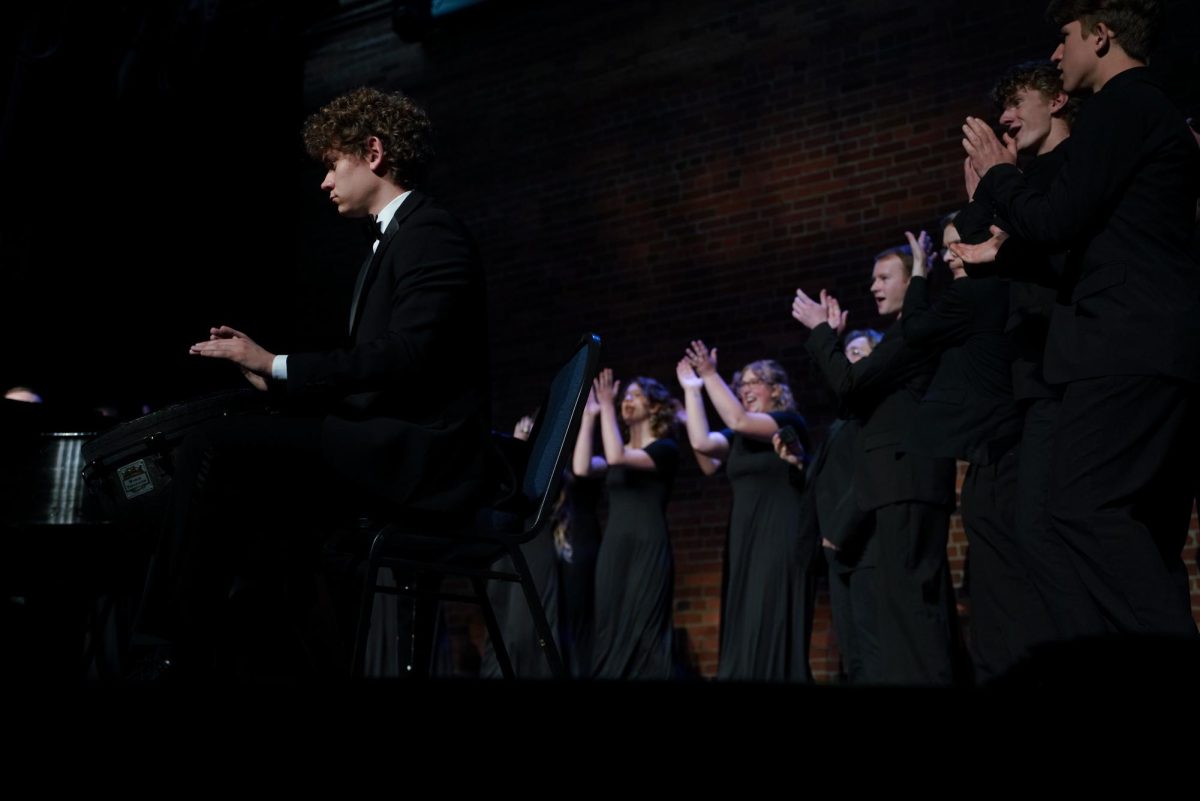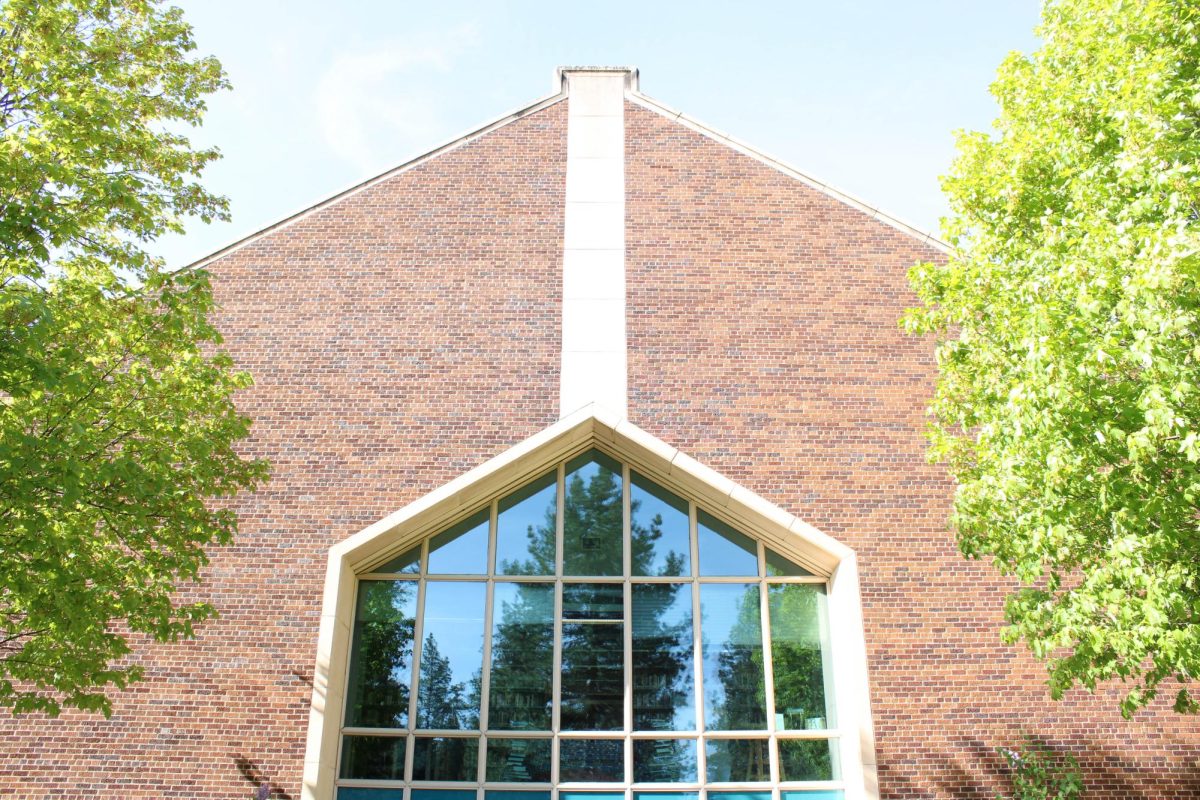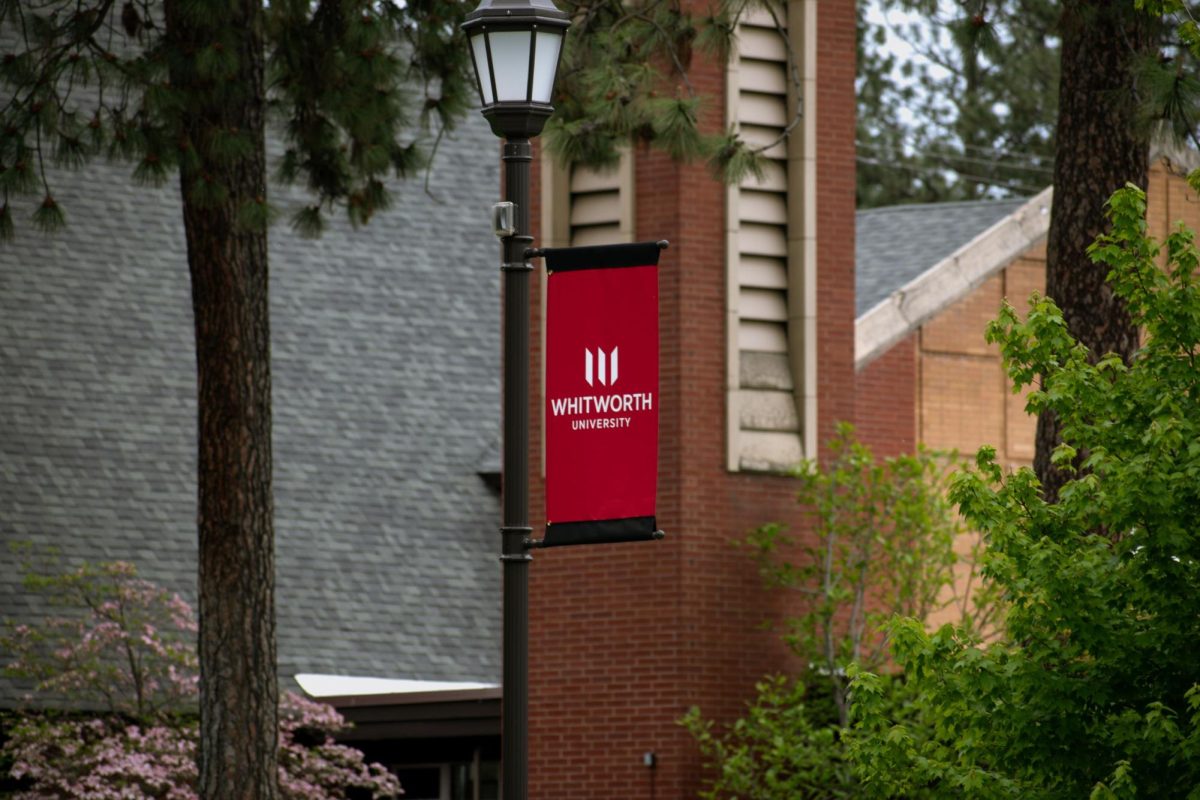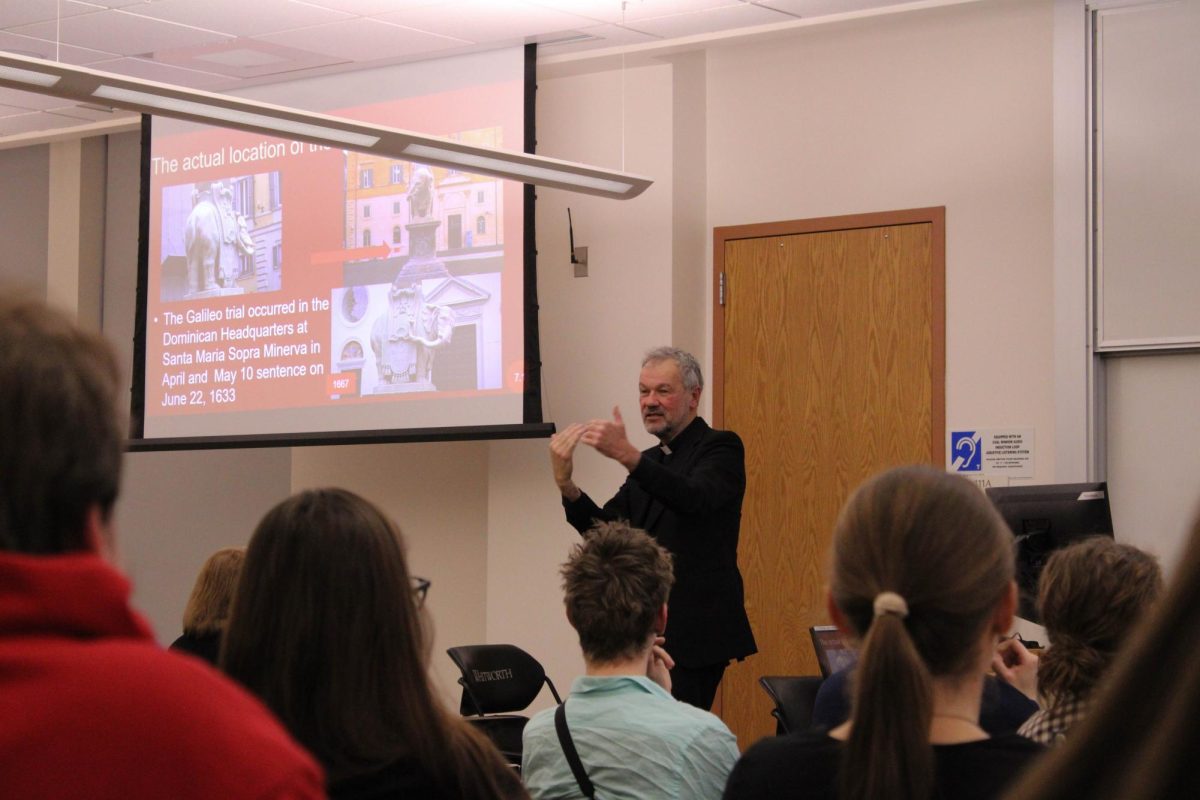Students with foot phobias might want to lock themselves in their rooms on April 5 as many students choose to complete their daily activities barefoot.
For the third year, Whitworth students will flaunt their toes for the annual TOMS One Day without Shoes.
“This is about recognizing that our cushioned little box is not a realistic way of life for everyone,” said sophomore Ian Frye, the TOMS campus representative for Whitworth.
In many countries, owning shoes is not the norm. In Ethiopia, one of the countries served by TOMS, shoes are a status symbol, according to the TOMS giving report.
“We don’t understand how it feels to walk three miles to school every day on rocks without shoes on,” said sophomore Hannah Neill, who participated in One Day last year.
One Day without Shoes seeks to raise awareness not necessarily about the TOMS company, but about the plight of shoeless children in less-developed countries.
It’s about Maria, the ten-year-old Guatemalan girl who is the face of the “learn more” section on the TOMS One Day website who had never owned a pair of shoes before she received her pair of TOMS.
Maria’s situation is a far cry from Frye’s collection of 12 pairs of shoes.
One Day is about raising awareness of children like Maria who do not enjoy the same opportunities as the average Whitworth student, Frye said. Buying and promoting TOMS is just one way to raise that awareness.
Sophomore Kellie Dakin participated in One Day last year, and described it as reminding her why she buys TOMS in the first place.
“[One Day] was hard,” Dakin said. “My feet were freezing and they hurt, but it was a good feeling at the end of the day. I realized that kids in Africa, for example, that’s their way of life. They don’t know anything different.”
Neill suggests that students take this event as an opportunity to get involved with global relief efforts.
“One of the easiest ways to help these kids is to get them a pair of shoes so they can not get sick,” Neill said. “It allows them to go to school, and to do everything else that they do.”
Neill also suggests students check out World Vision, Compassion International and International Justice Mission for other ways to help in underdeveloped parts of the world, but warns that students should shy away from groups which simply give food or other resources.
“There’s a saying, ‘Give a man a fish, he’ll eat for a day. Teach him how to fish, he’ll eat for a lifetime,’” Neill said. “That’s really true here. Shoes give opportunity for kids to go to school, to get an education and to better themselves.”
In light of One Day, Frye, Neill and Dakin all worry that TOMS and related events have become more of a fashion statement than a way to make a difference for many students.
“Yes, they are ridiculously adorable and super comfortable,” Neill said. “But we need to step back and remember that there was a reason for the creation of this company in the first place, and it wasn’t to just give people cute shoes.”
Dakin also worries about the TOMS trend, and how it will affect One Day.
“It’s not a way to get attention. It’s a way to raise awareness that we really do have it good here,” Dakin said.
Frye, Neill and Dakin all hope that as students show off their cuticles, toenails and the occasional spot of fungus, Whitworth will be able to take a step back and remember not TOMS the company, but TOMS the mission — to help children in need.







 Spokane?
Spokane?
Melissa Johnson • Apr 5, 2011 at 3:06 pm
Interesting to think that Neill warns students to “shy away from groups which simply give food or other resources.” Isn’t that precisely what TOMS is doing? The concept of TOMS is to buy a pair of shoes so that another pair is given away to a child in need.
One would be hard pressed to find any country in the world that does not sell shoes locally, employing many in process. Dumping thousands of free shoes on a local economy lowers demand in the shoe market thereby negatively impacting local shoe vendors, suppliers, and shoemakers. So sure, maybe some kid will get a free pair of shoes that will last him a year, but maybe his dad’s shoe shop will be out of business because no children in the area need to buy shoes that year. Wouldn’t it be more productive to take money from TOMS purchases and utilize that money to stimulate local economy by hiring a number of shoe makers or vendors to provide shoes for local children?
Just some food for thought.